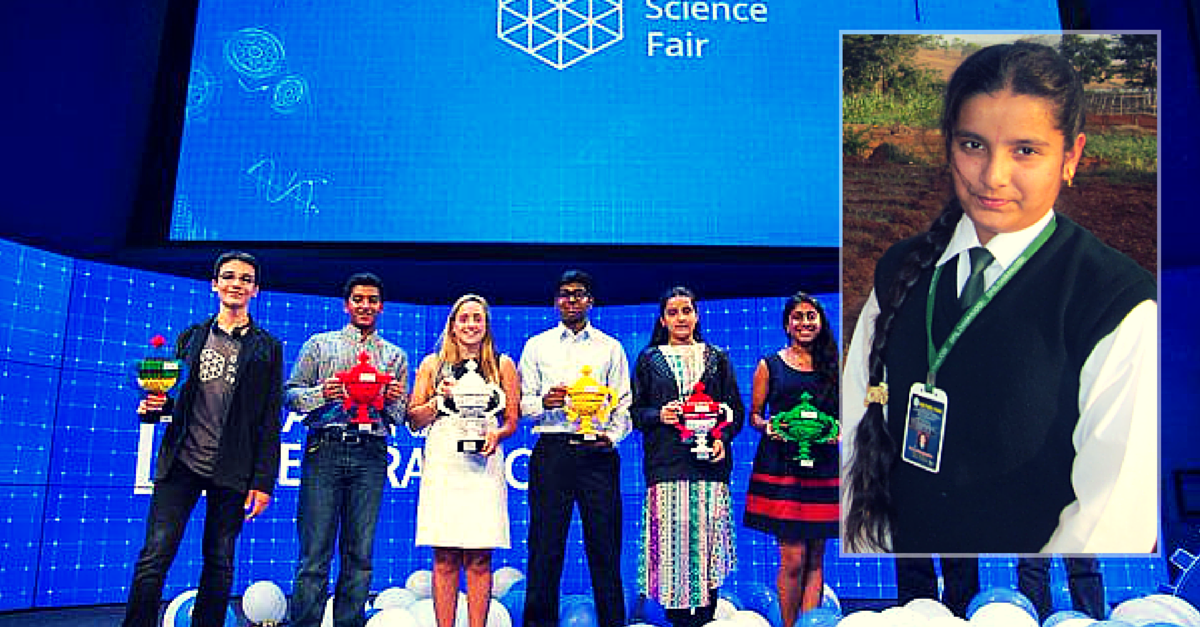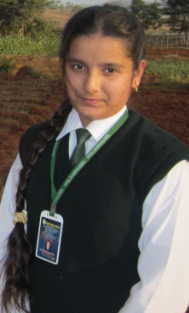A student of standard IX in DPS Damanjodi of Odisha, Lalita Prasida Sripada Srisai has won an award at the prestigious Google Science Fair. She developed a low cost water purifier which uses corn cobs in a very innovative manner.
Lalita Prasida Sripada Srisai, a 13-year-old student from Odisha, won the ‘Community Impact Award’ at the prestigious Google Science Fair in California on Tuesday.
A student of DPS Damanjodi in Koraput district of Odisha, Lalita developed a low cost bio-absorbent based water purifier, which functions mainly on waste corn cobs.
She won in the 13-15 years age group, and received 10,000 USD as the prize money. Additionally, she will also be supported by the organization for a year to build upon her project.
Big congratulations to the winners of the 2015 #GoogleScienceFair! http://t.co/Buids7Oj8f pic.twitter.com/dwbqKJzcTO
— Google (@google) September 22, 2015
“Hence, contaminants like oxides of salts, detergents, suspended particles, coloured dyes, oil and grease get adsorbed in the surface of the corn cobs. Some of the heavy metals are also adsorbed by corn cobs. If the drain pipe of the household is connected to a chamber having different layers of corn cobs in partition layers or to an S-trap pipe having corn cobs, it will separate about more than 70-80 % of contaminants including suspended particles from the waste water,” says the report published about her project on the Google Science Fair website.
It is a cheap and eco-friendly way of purifying water. And it will also open up a new market for corn cobs that are usually discarded as bio-waste.
These layers included long pieces of corn cobs, small pieces of corn cobs, powdered corn cobs, activated charcoal made from corn cobs and fine sand.
Students and staff at her school celebrated this victory. She was congratulated by many on social media as well.
Congratulations to Ms Lalita Prasida Sripada Srisai,from Odisha,for winning Community Impact Award in Google Science Fair 2015 in California — Dharmendra Pradhan (@dpradhanbjp) September 22, 2015
According to the headmaster of DPS Damanjodi, Trinath Prasad Padhi, Lalita is also very proficient in extra-curricular activities like song and dance. A major function at school has been planned to honour her when she returns.
Like this story? Or have something to share? Write to us: contact@thebetterindia.com, or connect with us on Facebook and Twitter (@thebetterindia).
If you found our stories insightful, informative, or even just enjoyable, we invite you to consider making a voluntary payment to support the work we do at The Better India. Your contribution helps us continue producing quality content that educates, inspires, and drives positive change.
Choose one of the payment options below for your contribution-
By paying for the stories you value, you directly contribute to sustaining our efforts focused on making a difference in the world. Together, let's ensure that impactful stories continue to be told and shared, enriching lives and communities alike.
Thank you for your support. Here are some frequently asked questions you might find helpful to know why you are contributing?


